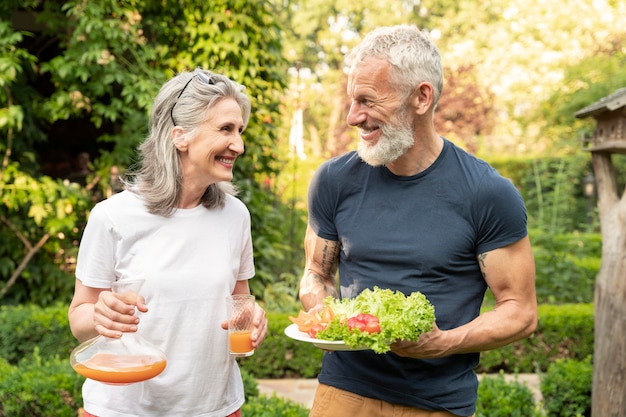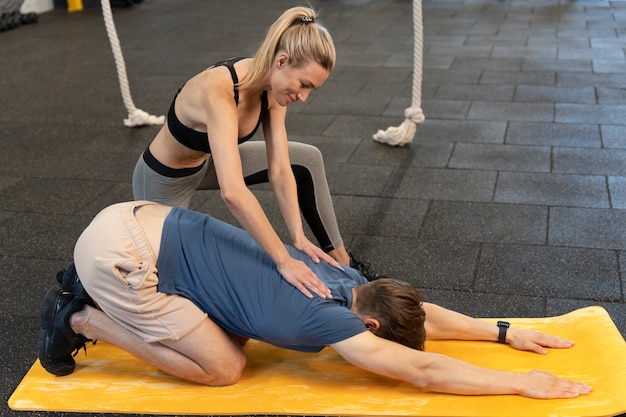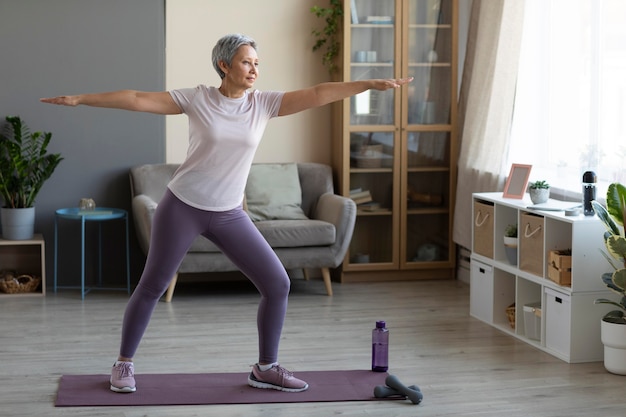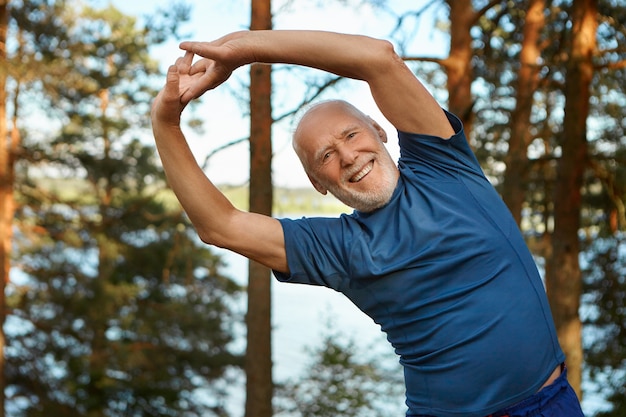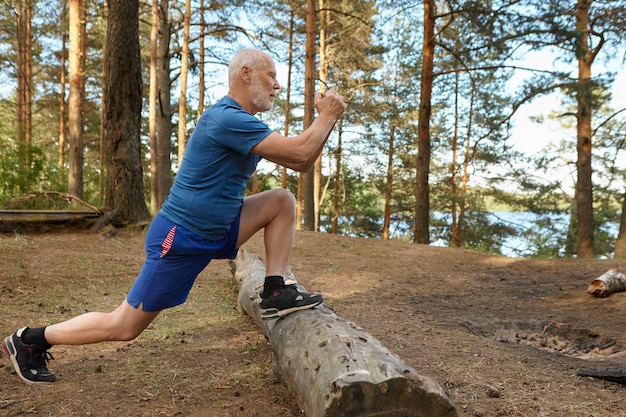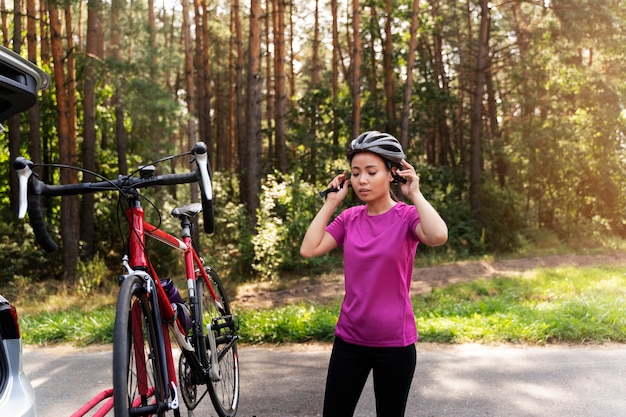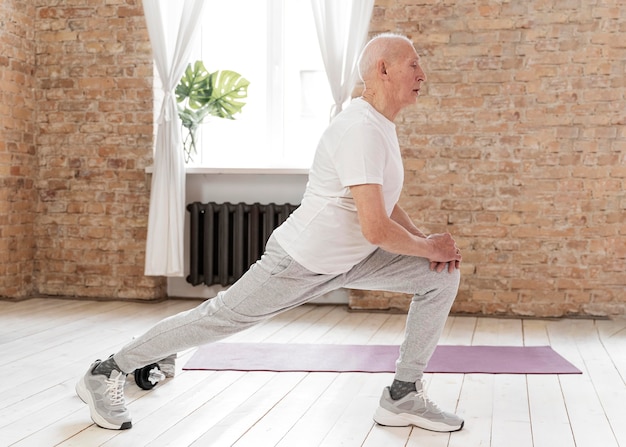45 Gentle & Effective Fitness Tips for Seniors: Expert-Backed Moves with Easy Modifications
Staying active is one of the most powerful ways to maintain independence, energy, and overall health as we age. Whether you're new to exercise or returning after a break, this guide offers 45 beginner-friendly fitness tips designed specifically for seniors. From proper form cues to simple modifications, these coach-style pointers help you move safely, confidently, and effectively.
Why Exercise Matters at Every Age
Regular physical activity supports heart health, improves balance, strengthens muscles, and boosts mental well-being. For seniors, even light movement can reduce the risk of falls, improve joint flexibility, and enhance daily function. The key is consistency, safety, and choosing activities that match your current fitness level.
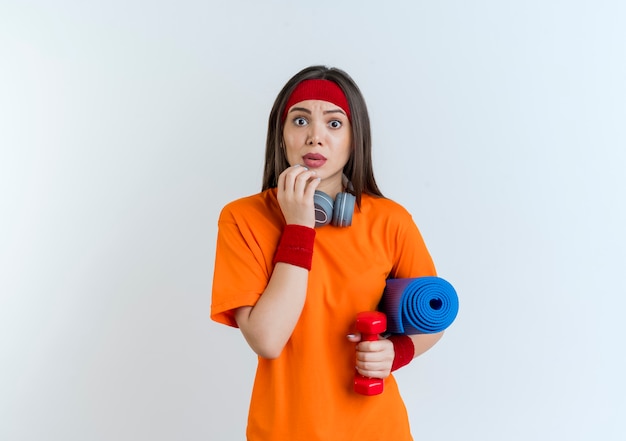
Warm-Up Right: 5 Essential Tips
- Start with 5 minutes of gentle marching in place to increase circulation.
- Perform shoulder rolls forward and backward to loosen stiff joints.
- Do neck tilts side to side slowly—avoid rapid movements.
- Try seated ankle circles to improve lower limb mobility.
- Use deep breathing: inhale for 4 counts, exhale for 6 to calm the nervous system.
Strength Training Made Simple: 10 Safe Moves
Building muscle helps maintain metabolism and supports joint stability. Use light dumbbells, resistance bands, or just your body weight.
- Chair squats: Lower slowly until you tap the seat, then stand. Keep knees behind toes.
- Wall push-ups: Stand arm’s length from a wall; lean in and push back. Easier on wrists than floor push-ups.
- Seated leg extensions: Sit tall, extend one leg, hold 2 seconds, lower slowly. Builds quadriceps.
- Bicep curls: Use 1–3 lb weights. Keep elbows close to your sides.
- Overhead press: Lift arms from shoulder height to above head. Modify by doing one arm at a time.
- Heel raises: Hold a chair and lift heels off the floor. Strengthens calves.
- Toes taps: While seated, alternate lifting toes while keeping heels down.
- Side leg lifts: Hold a chair and lift one leg to the side. Improves hip strength.
- Row with band: Anchor a resistance band and pull elbows back. Squeezes shoulder blades.
- Seated marches: Lift knees alternately while sitting. Great for coordination.
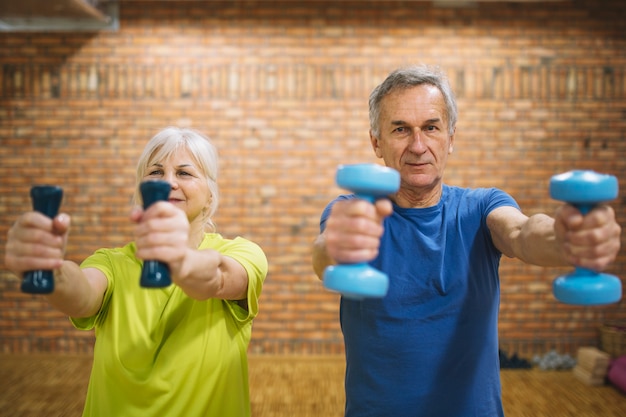
Balance & Stability: 8 Key Exercises
Improving balance reduces fall risk and builds confidence in daily movement.
- Stand on one foot for 10–15 seconds (hold chair for support).
- Try heel-to-toe walking along a hallway.
- Do weight shifts: rock weight side to side, front to back.
- Practice standing up from a chair without using hands.
- Use a foam pad or folded towel to challenge balance gently.
- Try tai chi-inspired slow weight transfers.
- Walk backward a few steps (use wall support).
- Perform seated balance: sit on edge of chair, lift one leg, hold.
Flexibility & Stretching: 7 Daily Stretches
Stretching improves range of motion and reduces stiffness. Always move slowly and breathe deeply.
- Neck stretch: Gently tilt ear toward shoulder.
- Shoulder stretch: Bring one arm across your chest.
- Seated forward bend: Reach toward toes (don’t force).
- Chest opener: Clasp hands behind back, lift slightly.
- Seated spinal twist: Rotate upper body gently.
- Quad stretch: Hold one ankle behind you (use chair for balance).
- Wrist and finger stretches: Extend arm, gently pull fingers back.
Cardio You Can Do: 6 Low-Impact Options
Heart-healthy movement doesn’t have to be intense. Aim for 150 minutes per week of moderate activity.
- Walking: Start with 10-minute sessions, build gradually.
- Water aerobics: Gentle on joints, great resistance.
- Stationary cycling: Recumbent bikes offer back support.
- Elliptical trainer: Low impact with full-body motion.
- Seated dancing: Move arms and torso to music.
- Stair stepping: Step up and down on a low, sturdy step.
Safety & Form: 9 Must-Know Tips
- Breathe steadily—never hold your breath during effort.
- Keep core gently engaged during standing moves.
- Modify any exercise that causes pain or dizziness.
- Use a sturdy chair without wheels for support.
- Wear supportive, non-slip footwear.
- Stay hydrated before, during, and after activity.
- Move through full range of motion without forcing.
- Rest when needed—listen to your body.
- Consult your healthcare provider before starting a new routine.
Make It a Habit: Final 10 Lifestyle Tips
- Schedule workouts like appointments.
- Exercise with a friend for motivation.
- Track progress in a journal or app.
- Start small—even 5 minutes counts.
- Use TV time for seated stretches or leg lifts.
- Set realistic, measurable goals.
- Celebrate consistency, not perfection.
- Try different activities to stay engaged.
- Rest a day between strength sessions.
- Focus on how movement makes you feel, not just how it looks.
Staying active as a senior isn’t about intensity—it’s about consistency, safety, and enjoyment. With these 45 practical tips, you can build strength, improve balance, and enhance your quality of life at any age.







